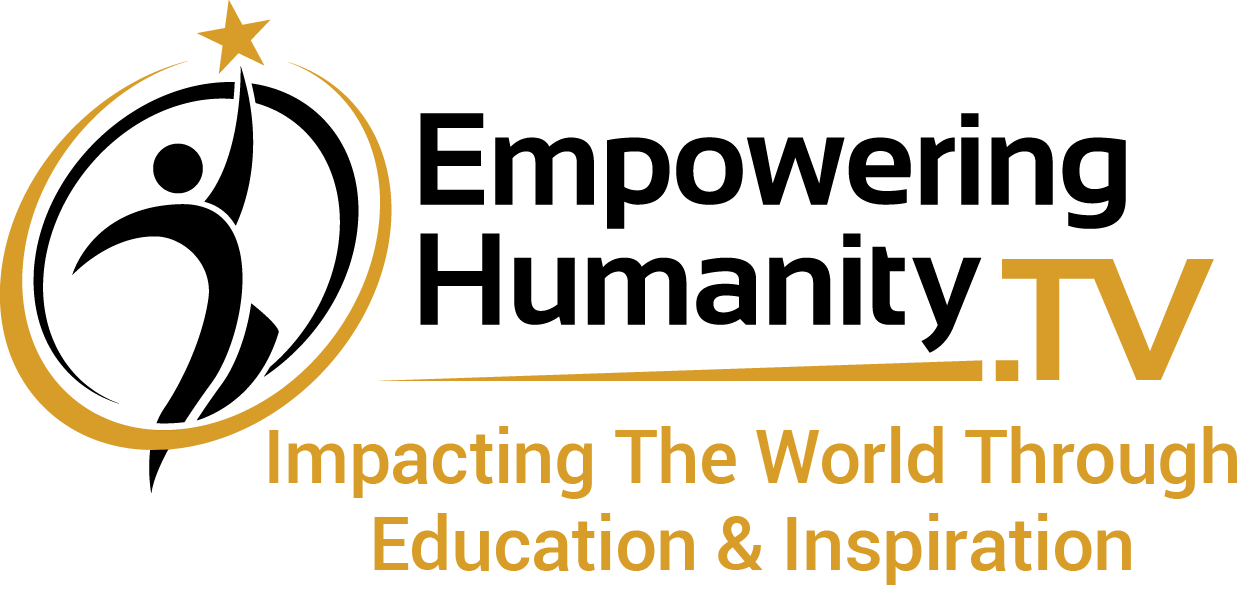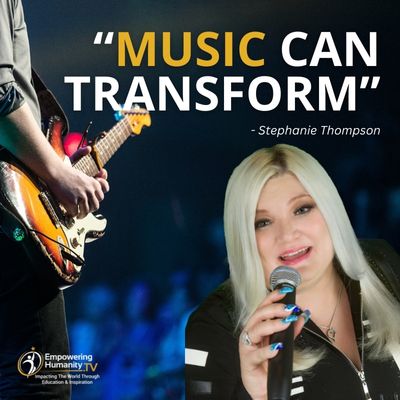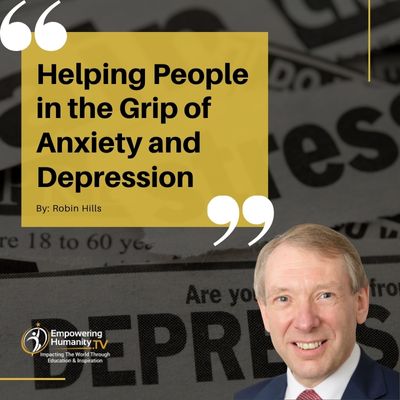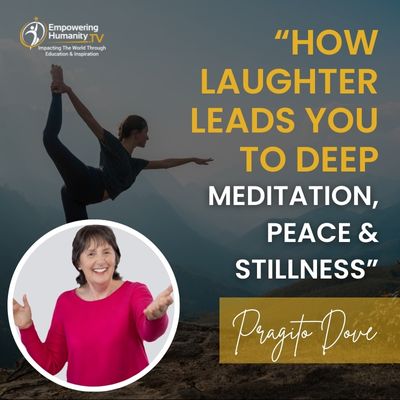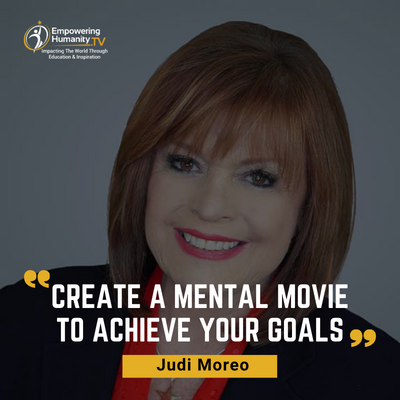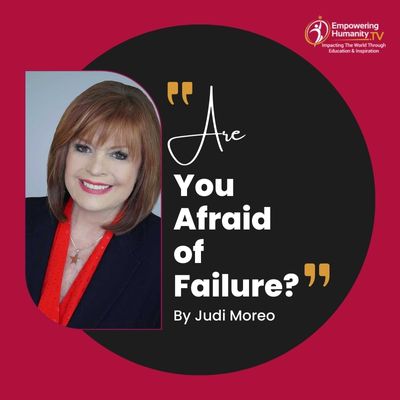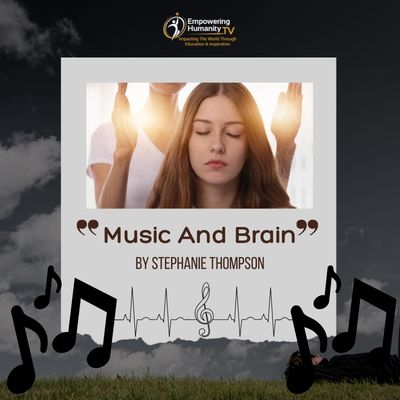The Many Gifts of Christmas
By: Empowering Humanity
Ah, Christmas. A time for family, friends, and gifts. It’s a season of giving, and it seems like there’s always something to give. But what if we looked at Christmas a little differently this year? What if, instead of giving material things, we gave gifts that would really make a difference in people’s lives? Gifts that empower them to be their best selves? That is the true meaning of Christmas.
The Gift of Education
One gift that can really change someone’s life is the gift of education. Whether it’s paying for a semester of college, buying school supplies for a child in need, or donating to a scholarship fund, this gift can have a lasting impact. Education opens doors and creates opportunities that would otherwise be out of reach. It is the great equalizer, and it has the power to change lives.
The Gift of Inspiration
Another wonderful gift is inspiration. We all need someone to look up to, someone who shows us that anything is possible. By sharing our own stories of struggle and triumph, we can help others see that they are not alone and that they can achieve their dreams. By being a role model and an encouragement, we can inspire others to be their best selves.
The Gift of Love
And finally, the greatest gift of all is love. There is nothing more powerful than love. It has the ability to heal wounds, mend broken relationships, and bring people together. It is the light that guides us through dark times and the force that motivates us to be better people. When we give the gift of love, we give the greatest gift of all.
This holiday season, let’s make a commitment to give gifts that will really make a difference in people’s lives. Gifts that empower them to be their best selves. Click here: http://bitly/3BhO4C9 and give the incredible gift of knowledge and empowerment today!
That is the true meaning of Christmas. Merry Christmas!
